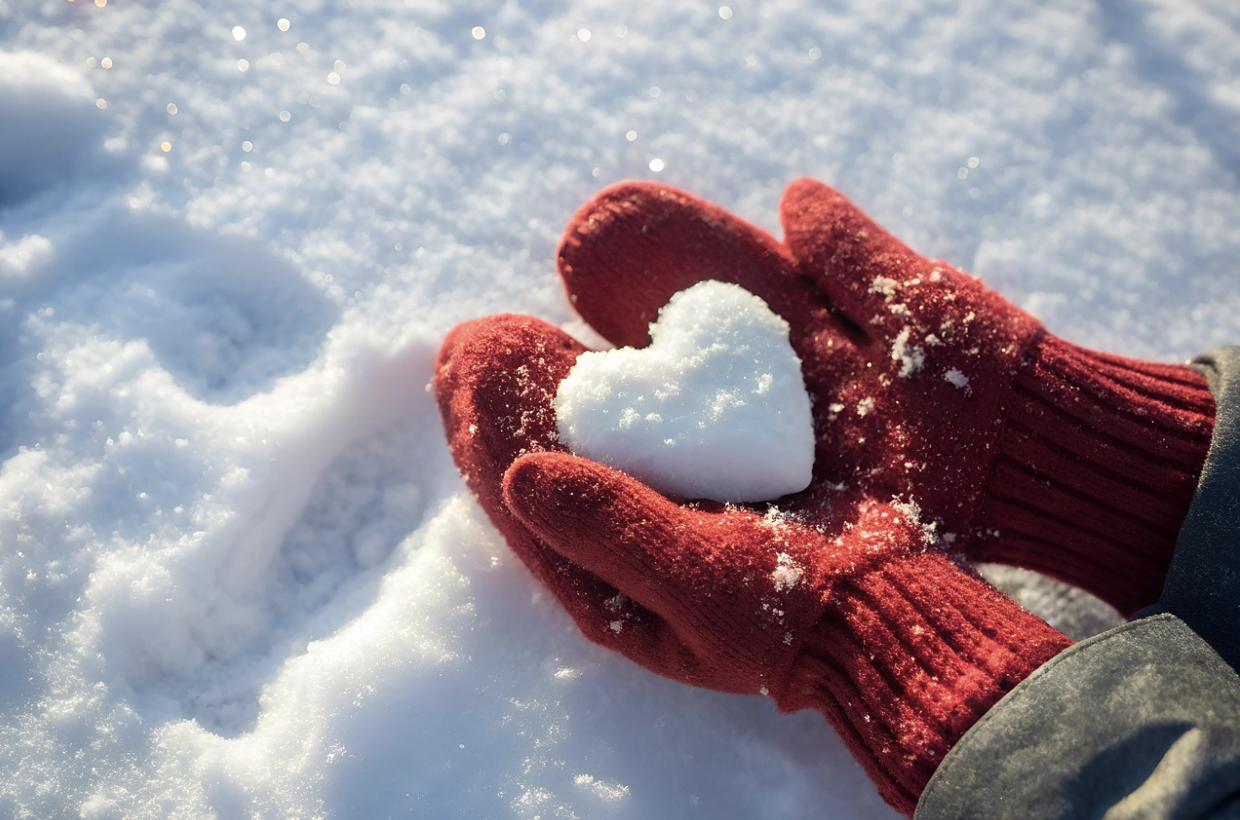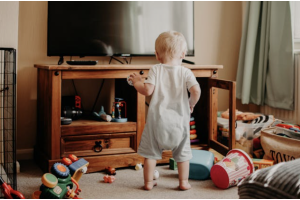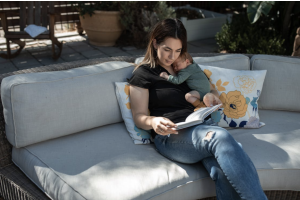Simple Ways to Protect Your Home This Winter

Winter can be beautiful, but it’s one of the harshest times of the year for homeowners. Snow, ice, freezing temperatures, and strong winds can take a toll on your property if it isn’t properly prepared. The good news is that with a little foresight and maintenance, you can protect your home from costly damage and keep your family comfortable throughout the colder months. From your roof and gutters to your pipes and insulation, every part of your home plays a role in winter readiness.
Start With Roof and Gutter Maintenance
Your roof is the first line of defense against winter weather, making it one of the most important areas to inspect before the cold sets in. Missing shingles, loose flashing, or minor leaks that seem insignificant in the fall can become major issues once heavy snow and ice accumulate. The roofing experts at neroof.com or another trusted local professional can assess your roof’s condition and make repairs that prevent leaks and water damage. Equally important are your gutters. If they are clogged with leaves or debris, melting snow won’t be able to drain properly, leading to dangerous ice dams along your roofline.
Cleaning gutters in late fall and ensuring downspouts direct water away from your foundation prevents ice-related issues and reduces the risk of basement flooding. Installing gutter guards is another simple measure that can minimize clogs year-round.
Insulate and Seal Your Home Properly
Cold drafts can quickly turn a cozy home into a chilly one while raising energy bills. Inspect doors and windows for gaps or worn-out weatherstripping and replace them as needed. Caulking around frames, adding draft stoppers under doors, and using thermal curtains can make a big difference in keeping warm air in and cold air out.
Attic insulation is another key factor in maintaining a comfortable indoor temperature. Poorly insulated attics allow heat to escape, which makes your heating system work harder and can contribute to ice dam formation on the roof. A professional energy audit can help identify weak points in your home’s insulation and guide you toward the most cost-effective upgrades.
Protect Your Plumbing System
Frozen pipes are one of the most common and expensive winter home issues. When water freezes, it expands, which can cause pipes to burst and lead to significant water damage. To prevent this, insulate exposed pipes in unheated areas like basements, garages, and crawl spaces. During extreme cold snaps, keep a slow trickle of water running from faucets to reduce the risk of freezing.
It’s wise to disconnect and drain outdoor hoses and shut off exterior faucets before the first frost. For added protection, install frost-proof spigots or insulated covers. Inside the home, keeping cabinet doors open in kitchens and bathrooms allows warm air to circulate around pipes, providing an extra safeguard against freezing.
Maintain Heating Systems and Fireplaces
Your heating system will be working overtime during the winter months, so making sure it’s in top condition is crucial. Have your furnace or boiler inspected annually, and replace filters regularly to ensure efficiency. If you use a fireplace or wood stove, schedule a chimney cleaning before winter to remove creosote buildup that can cause dangerous chimney fires.
For additional safety, check that carbon monoxide detectors and smoke alarms are in good working order. These devices are critical during the colder months when homes are sealed tightly and heating systems are in constant use.
Prepare the Exterior and Landscaping
Winter doesn’t just affect the inside of your home; it puts pressure on your property’s exterior and landscaping. Trim back any overhanging tree branches that could break under the weight of snow and damage your roof or power lines. Secure fences, decks, and outdoor furniture so that strong winds don’t cause unnecessary damage.
Walkways and driveways should be cleared of debris before the first snowfall. Stock up on ice melt or sand, and make sure snow shovels or blowers are ready to go. This preparation prevents slips and falls and makes it easier to manage snow removal once storms arrive.
Don’t Forget Emergency Preparedness
Even with the best precautions, winter storms can sometimes lead to power outages or unexpected damage. Every household should have an emergency kit stocked with essentials such as flashlights, extra batteries, blankets, bottled water, and non-perishable food. A backup heating source, such as a generator or kerosene heater, can be invaluable during prolonged outages.
Review your homeowners’ insurance policy to confirm coverage for winter-related issues like burst pipes or roof damage. Knowing what’s covered and what isn’t can save you stress if an emergency does occur.
Protecting your home during the winter doesn’t have to be overwhelming. By focusing on key areas such as your roof, gutters, insulation, plumbing, heating system, and exterior, you can significantly reduce risks and enjoy peace of mind throughout the season. The combination of proactive maintenance and smart preparation keeps your family safe, your home comfortable, and your budget intact.






